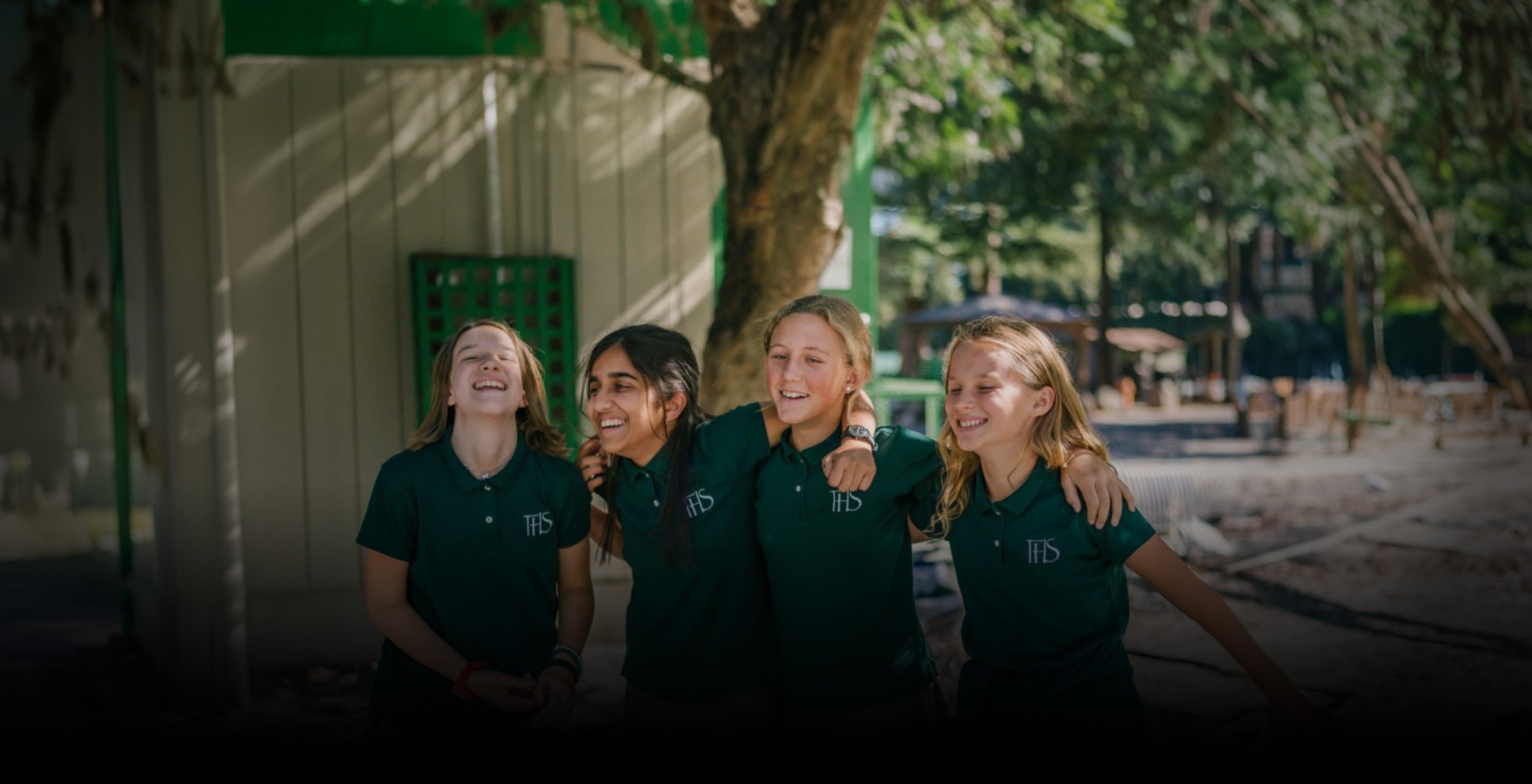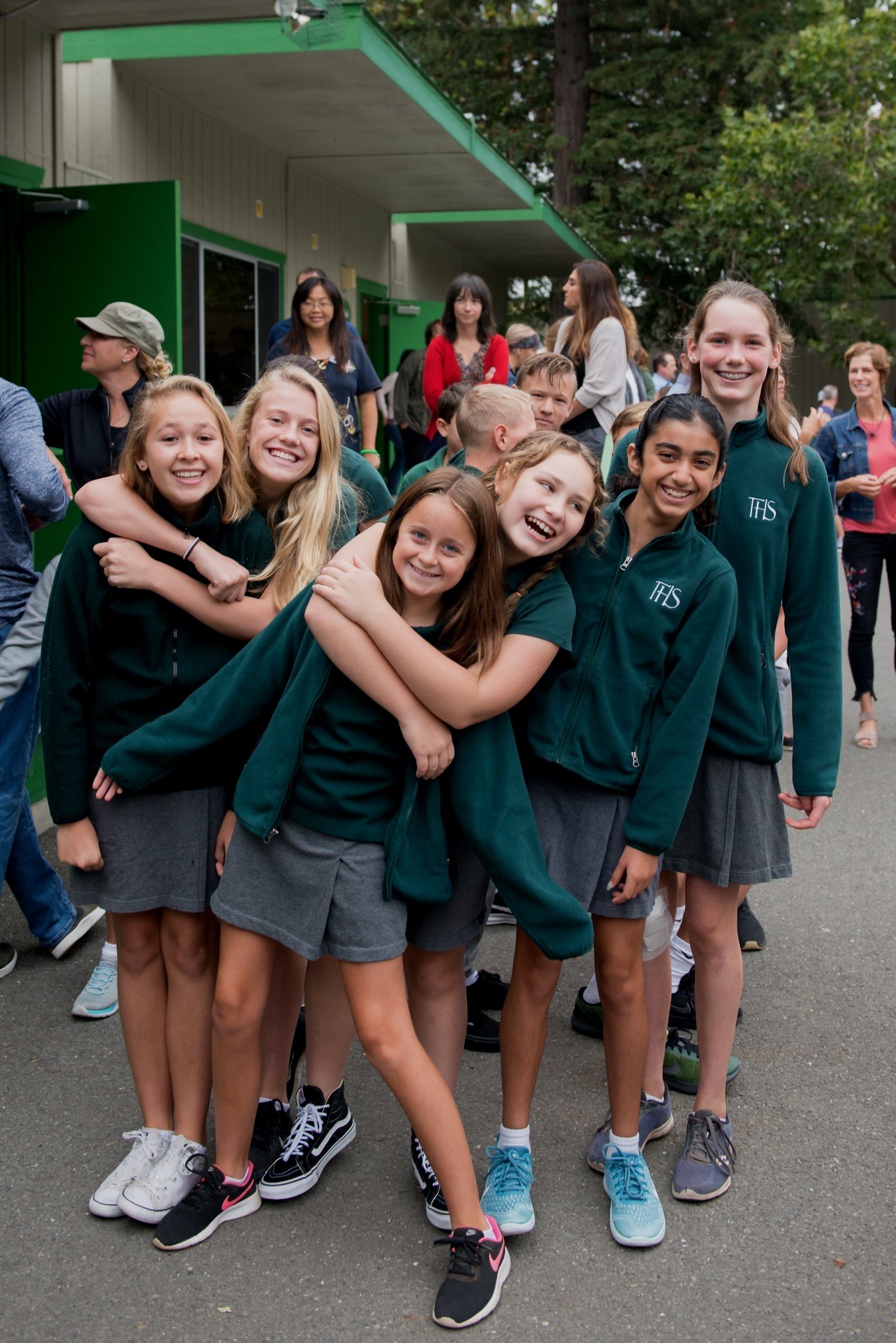
SOCIAL & EMOTIONAL LEARNING
Social and Emotional Learning (SEL) has been integrated into the DNA of quality independent schools for decades. Fundamentally, SEL begins with the authentic relationships built between teachers and students, as well as the bonds developed among both same-aged and multi-aged peers. Once this baseline is established, students are able to reflect meaningfully; to learn to respond, rather than react, to conflicts; to listen to peers with compassion; to manage emotions and materials; to embrace a variety of perspectives, and to thrive in the learning community.
At THS, SEL begins with relationships and builds from there. When children feel comfortable and have a strong sense of belonging, they are willing to take risks, develop deep connections, look inside and reflect on actions, support one another, and work together to cultivate community. We believe that SEL is most effective when embedded in the daily life of the school through curriculum design, classroom practices, spontaneous interactions at recess, and modeled by all adults on campus.





